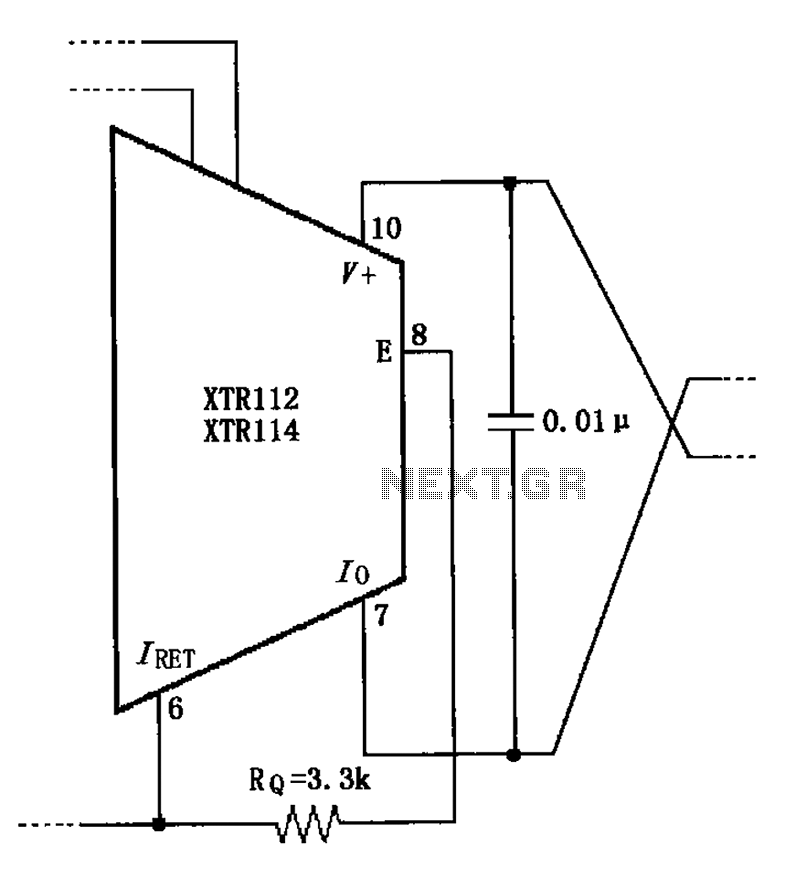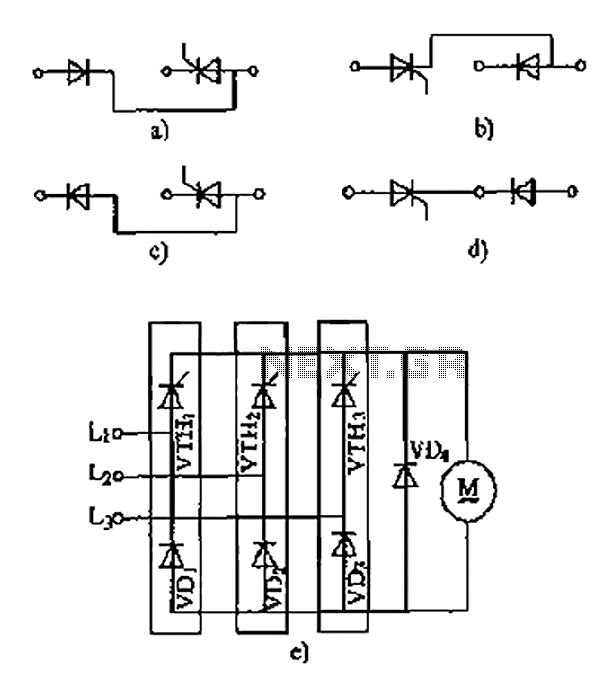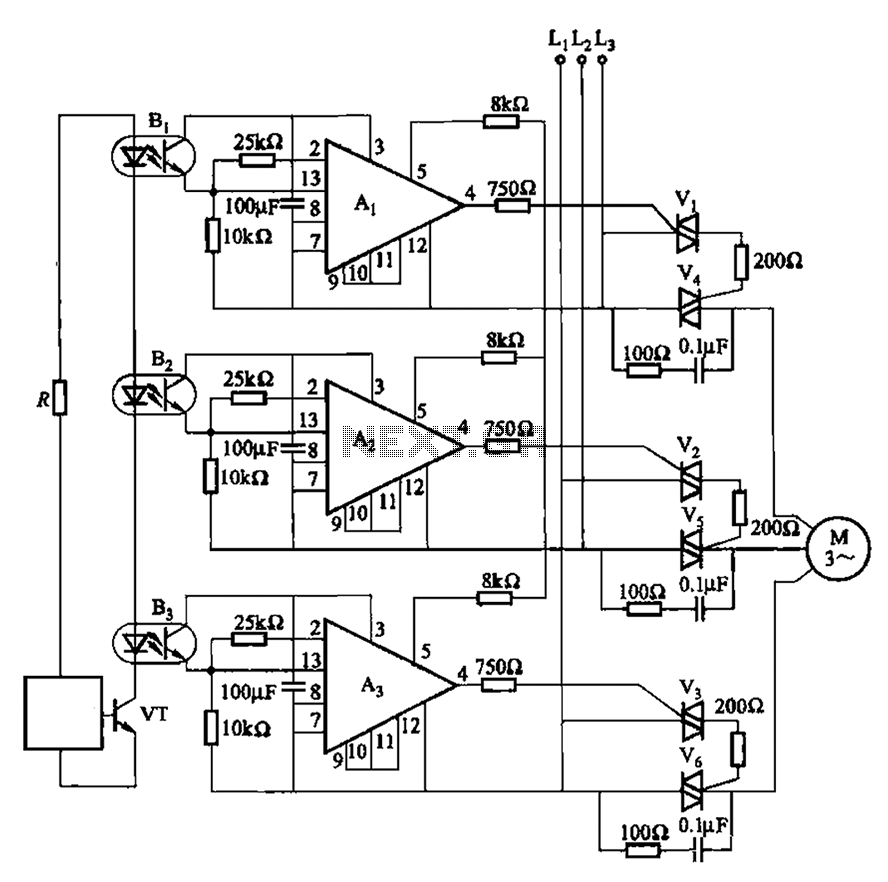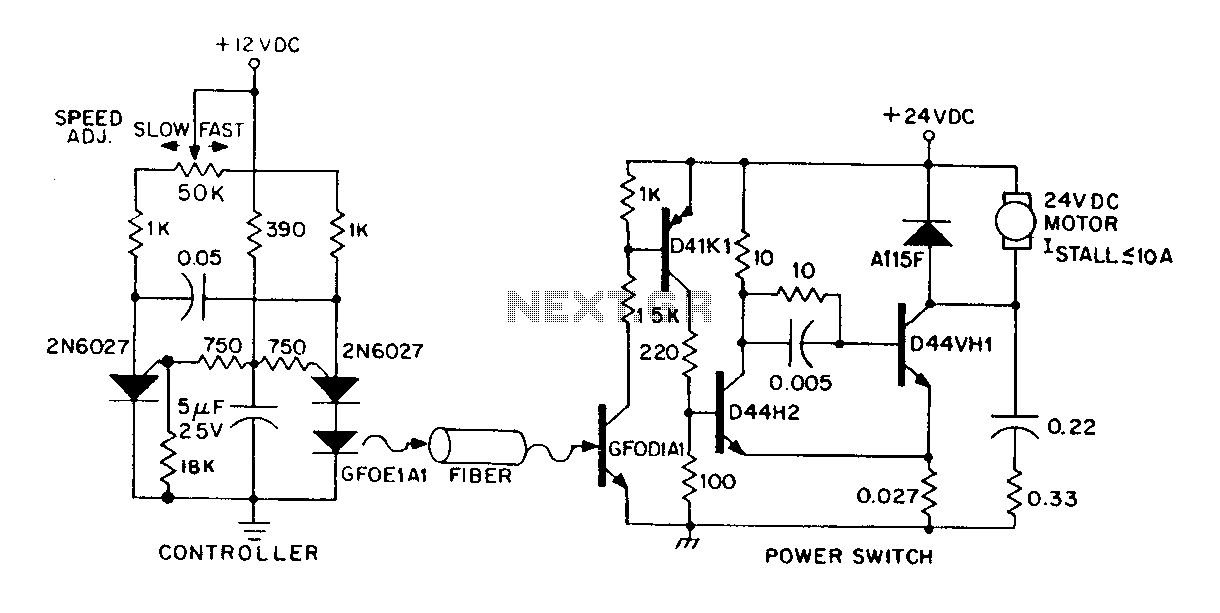
XTR112 114 without external transistor circuit diagram

When not using the external transistor Q1, a 3.3k resistor should be connected between the pins and legs. This connection causes internal power dissipation, which will affect accuracy and lead to a decline in performance.
The circuit in question involves the use of a 3.3k resistor connected to the pins and legs of a component when the external transistor Q1 is not utilized. This configuration is critical in maintaining the circuit's functionality. However, it is important to note that the internal power dissipation resulting from this setup can negatively impact the accuracy of the circuit's performance.
In electronic circuits, power dissipation occurs when electrical energy is converted into heat. In this case, the 3.3k resistor plays a significant role in limiting the current flow, which is essential for protecting sensitive components. However, as the resistor dissipates power, it generates heat, which can lead to thermal drift and inaccuracies in the circuit's output.
To mitigate the effects of power dissipation on accuracy, careful consideration should be given to the resistor's placement and the overall thermal management of the circuit. This may involve using heat sinks, selecting components with higher power ratings, or redesigning the circuit to minimize the heat generated.
Additionally, it may be beneficial to evaluate the necessity of the external transistor Q1 in the circuit. If Q1 can be used effectively, it may help reduce the reliance on the resistor, thereby improving accuracy and performance.
In summary, while the connection of a 3.3k resistor is necessary when the external transistor Q1 is not present, attention must be paid to the implications of internal power dissipation on the circuit's accuracy. Proper design practices and thermal management techniques should be employed to ensure optimal performance. As shown, when not in external transistor Q1, connect a 3.3k resistor between feet and legs. With this connection circuit due to internal power dissipation affect accuracy will decline.
The circuit in question involves the use of a 3.3k resistor connected to the pins and legs of a component when the external transistor Q1 is not utilized. This configuration is critical in maintaining the circuit's functionality. However, it is important to note that the internal power dissipation resulting from this setup can negatively impact the accuracy of the circuit's performance.
In electronic circuits, power dissipation occurs when electrical energy is converted into heat. In this case, the 3.3k resistor plays a significant role in limiting the current flow, which is essential for protecting sensitive components. However, as the resistor dissipates power, it generates heat, which can lead to thermal drift and inaccuracies in the circuit's output.
To mitigate the effects of power dissipation on accuracy, careful consideration should be given to the resistor's placement and the overall thermal management of the circuit. This may involve using heat sinks, selecting components with higher power ratings, or redesigning the circuit to minimize the heat generated.
Additionally, it may be beneficial to evaluate the necessity of the external transistor Q1 in the circuit. If Q1 can be used effectively, it may help reduce the reliance on the resistor, thereby improving accuracy and performance.
In summary, while the connection of a 3.3k resistor is necessary when the external transistor Q1 is not present, attention must be paid to the implications of internal power dissipation on the circuit's accuracy. Proper design practices and thermal management techniques should be employed to ensure optimal performance. As shown, when not in external transistor Q1, connect a 3.3k resistor between feet and legs. With this connection circuit due to internal power dissipation affect accuracy will decline.





